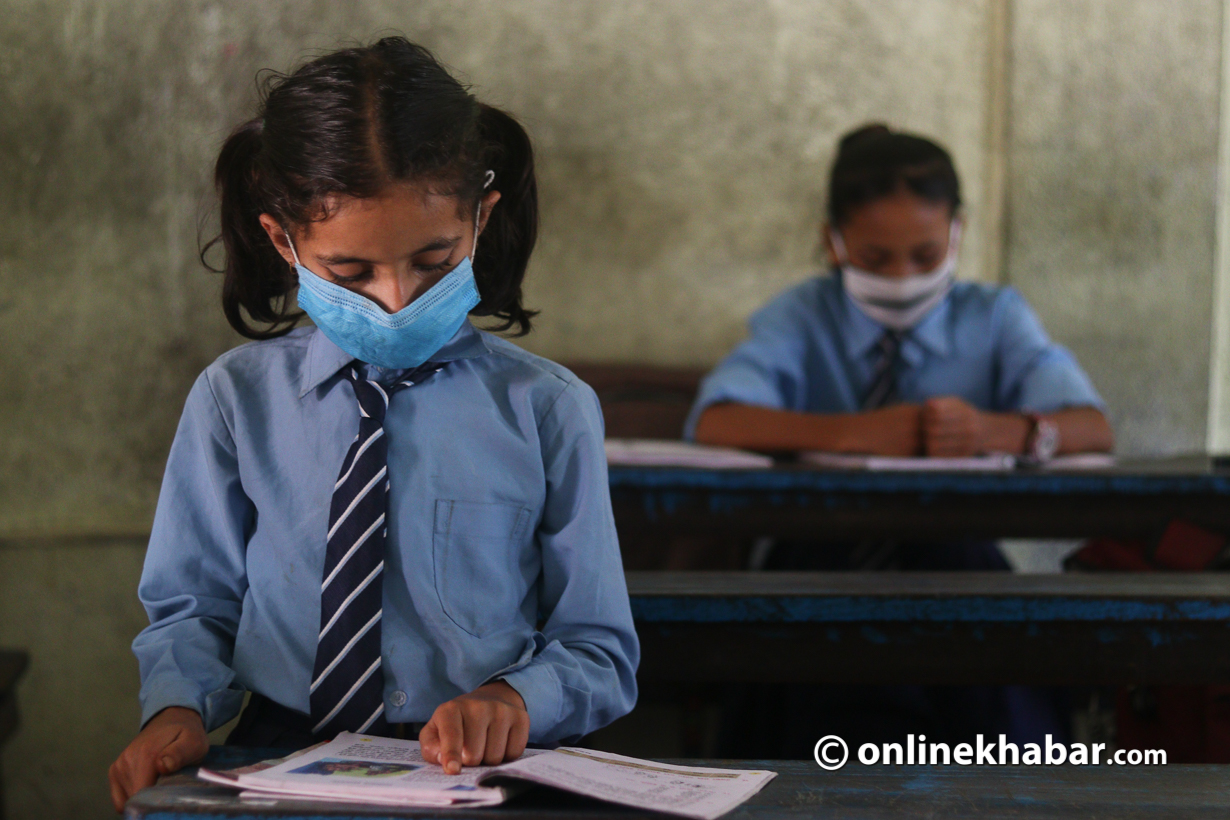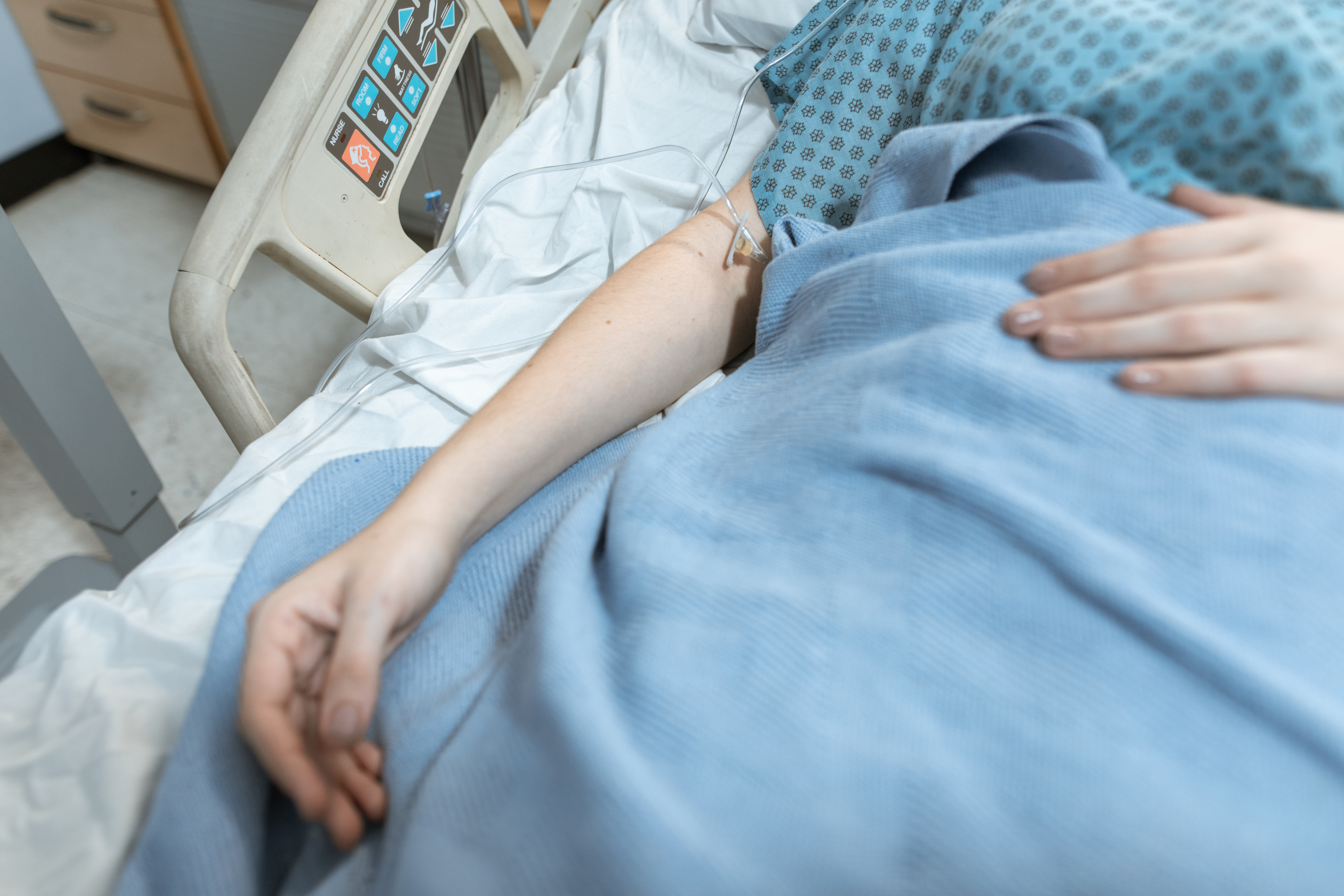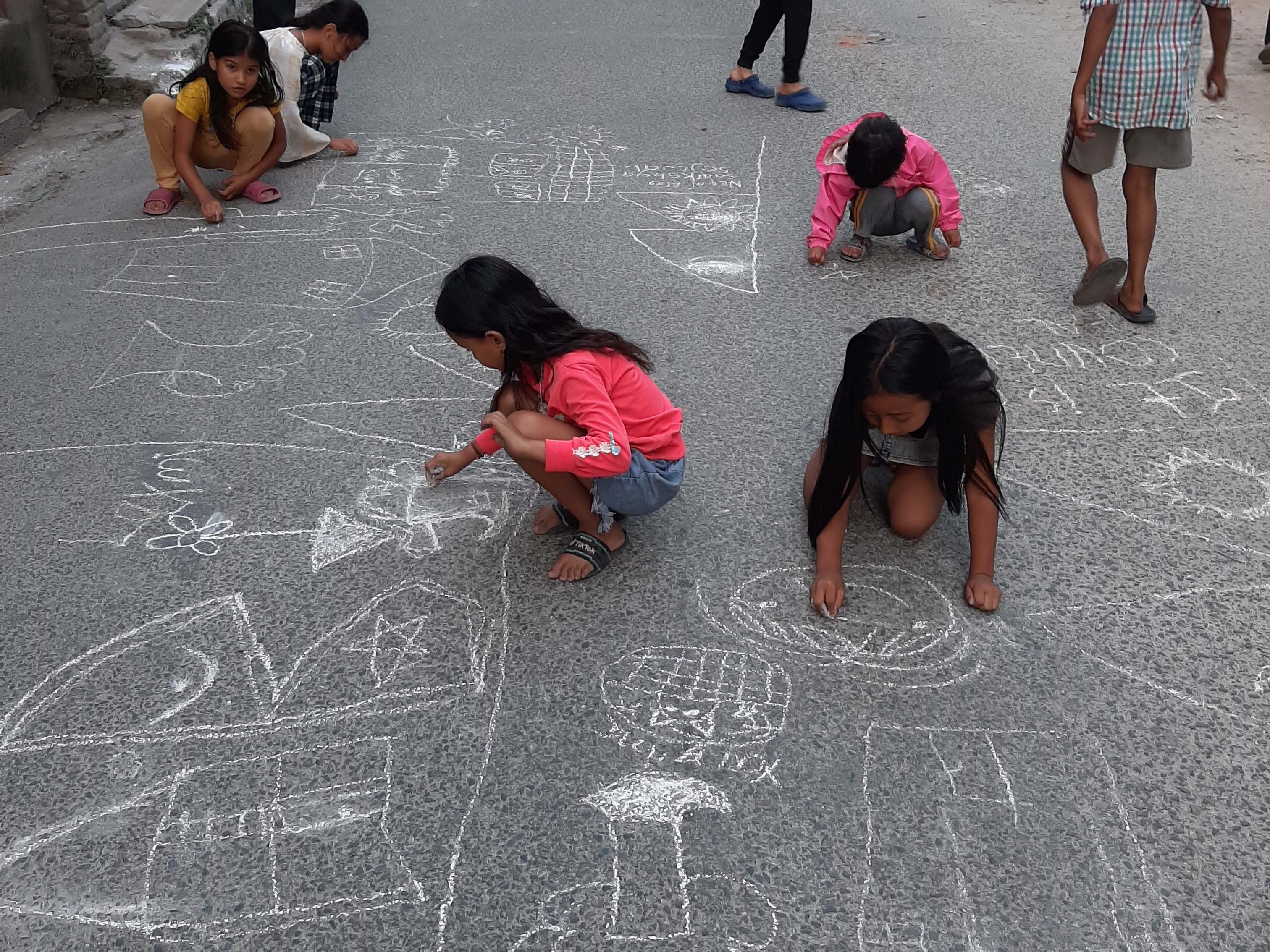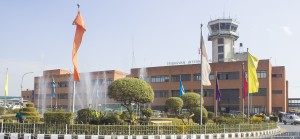Last year, during the first wave of the Covid-19 pandemic, 21,523 children were infected, out of whom 38 lost their lives. Sadly, this number in the second wave is much higher than in the first wave. In the interval of two months only, the second wave of this pandemic has infected 24,821 children, and 22 children have been reported dead so far.
Public health experts have warned that the third and fourth waves could put children at greater risk. Considering this, the government has also instructed hospitals across the country to allocate 20 per cent of their beds to children.
While the first wave of the Covid-19 pandemic in the country was coming into control, the second wave, which started from March-April, caused and is still causing great human losses, mainly due to the lack of hospital beds and oxygen. The health system could not cope with the rapid rate of the infection.
In order to avoid such a helpless situation, officials at the Ministry of Health say that preparations are underway for the construction of children-targeted infrastructures at major hospitals.
Regarding the very issue, Onlinekhabar recently talked with the chief of the Quality Standard and Regulation Division at the Ministry of Ministry, Dr Madan Kumar Upadhyay.
And, here is the edited excerpt from the conversation:
What is the basis for your assumption that children can be at greater risk in the third and fourth waves of the pandemic?
In the first wave, the infection was more prevalent in elderly people. It changed in the second wave as the younger generation of the working-age group were infected more. When the infection was seen in the physically strong and active group, it is likely to spread to children of all ages also next, be it infants or school-going children.
In these two months of the second wave of the Covid-19 pandemic, about 10 per cent of children are testing positive for Covid-19 every day.
This indicates that children are at greater risk of coronavirus infection. Compared to other age groups, infections in children are not seen as serious. But, it cannot be assured that the infections in children will not be serious or critical tomorrow. If we look at the statistics of foreign countries, it can be estimated that children will be more at risk in the coming wave.
Is that the reason why the ministry has instructed hospitals to prepare beds for children?
There are limited public and private hospitals dedicated for treating children. At the government level, there is only the Kanti Children’s Hospital. Similarly, there are only two or three private children’s hospitals.
Just imagine what would happen if the same proportion of children were infected?
With the number of children’s hospitals in the country being very few, the government is preparing the necessary infrastructure to protect the children from the pandemic that may come tomorrow.
According to the 2011 census, the percentage of children under 18 is 41.84 per cent. Preparations are underway to make beds easily available to the infected children even if around 20 per cent of children will get infected by the coronavirus.
So how is the preparation going on?
Although there are pediatric wards in government and private hospitals currently, there are very few pediatric intensive care units. The number of NICU beds at the hospitals is not enough to withstand tomorrow’s pandemic.
In such a situation, if the third or fourth wave hits us, it can create an appalling situation.
We were able to manage treatment for adults and young people who became infected by coronavirus somehow in the first and second waves. But, we can not do the same for children’s treatment. The treatment process for children is different.
Not only this, but children will need oxygen therapy, medications used, and equipment. Therefore, the government thinks that resources should be prepared in every possible way to fight different types of challenges.
The government is managing pediatric ventilators for children. Liquid oxygen plants are being set up at hospitals with more than 100 beds to prevent the shortage of oxygen. We are also looking for managing oxygen cylinders and oxygen concentrators.
We felt that the spread of the coronavirus would end in the first wave. But, we found it wrong as the second wave of the Covid-19 pandemic soon hit us. Therefore, it cannot be said that there will be no third or fourth wave. If we work for it now, we can prepare well in advance. That preparation will help you to work even when other diseases outbreak tomorrow. If you don’t prepare well now, it will be tough tomorrow.
What about the challenges in implementation?
The main challenge is the basic essential equipment and human resources. Pediatric ventilators and ICU sets are different for children. It may not be available everywhere. It has to be imported from outside.
There may also be a lack of trained human resources regarding pediatric intensive care units. Of course, there are paediatricians. However, there are not enough human resources for critical care and infectious diseases who also have expertise in paediatrics as there are for elderly people and youth.
Pediatric nursing, which provides critical care, is understaffed. Therefore, the government is preparing to introduce a package to train the existing human resources. Further discussions are also being held with experts in this regard.


























